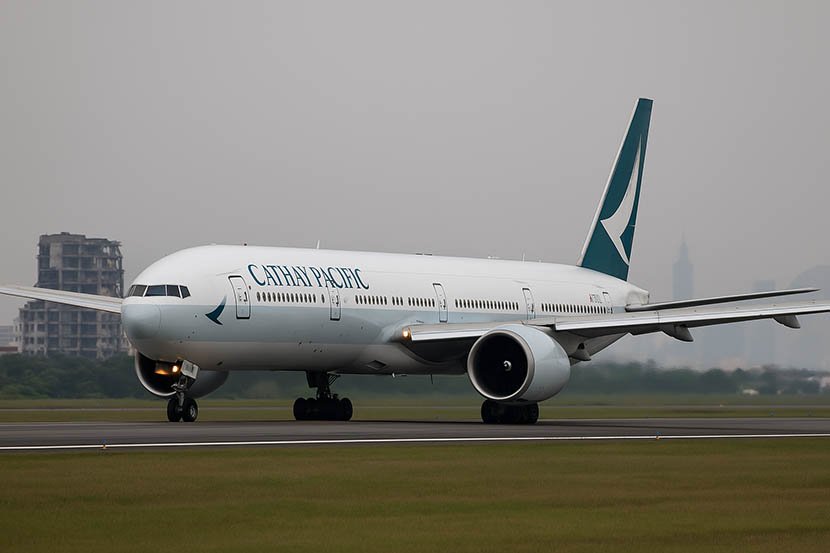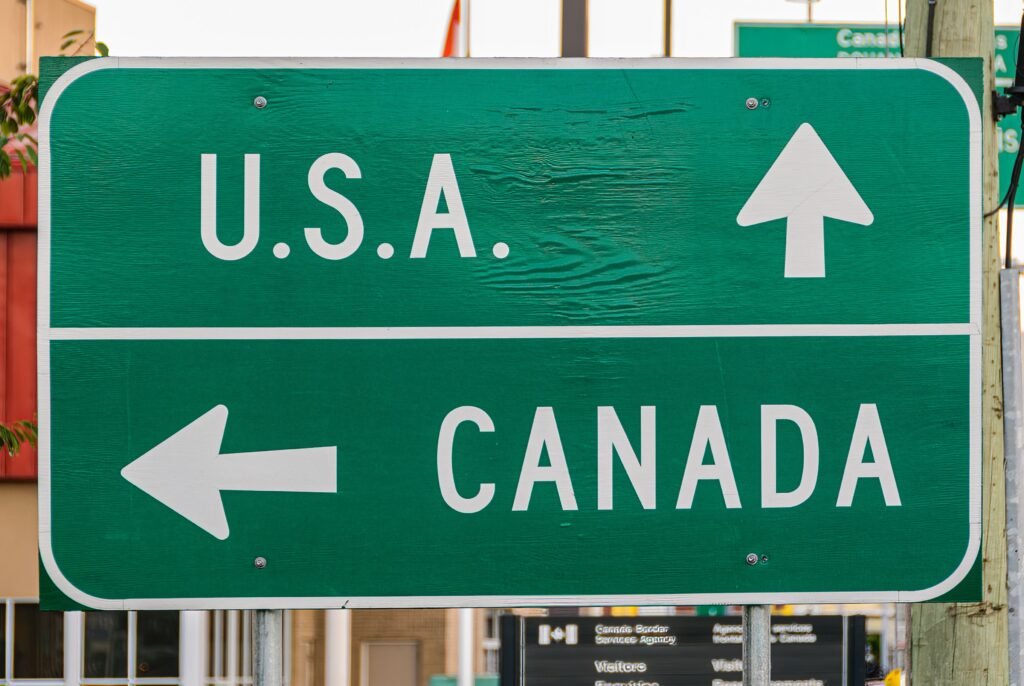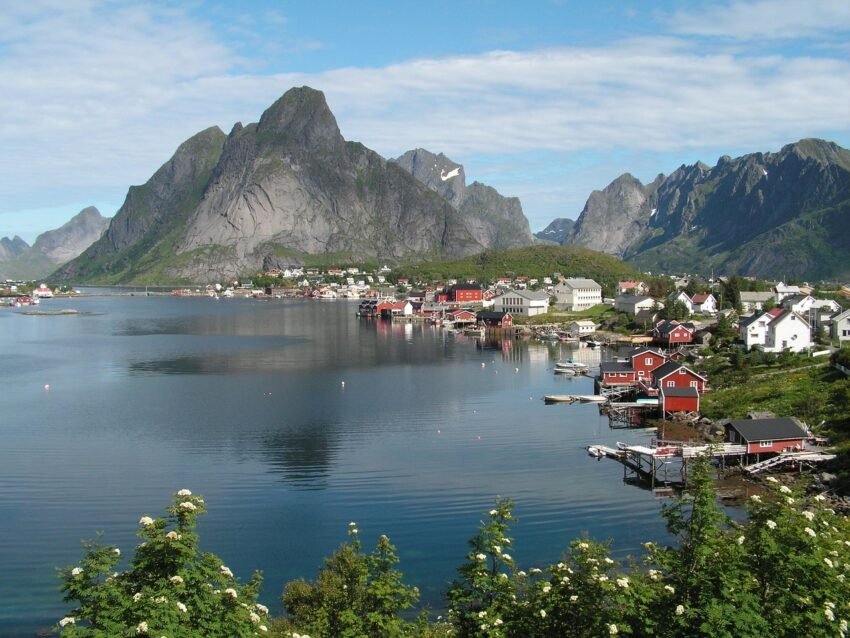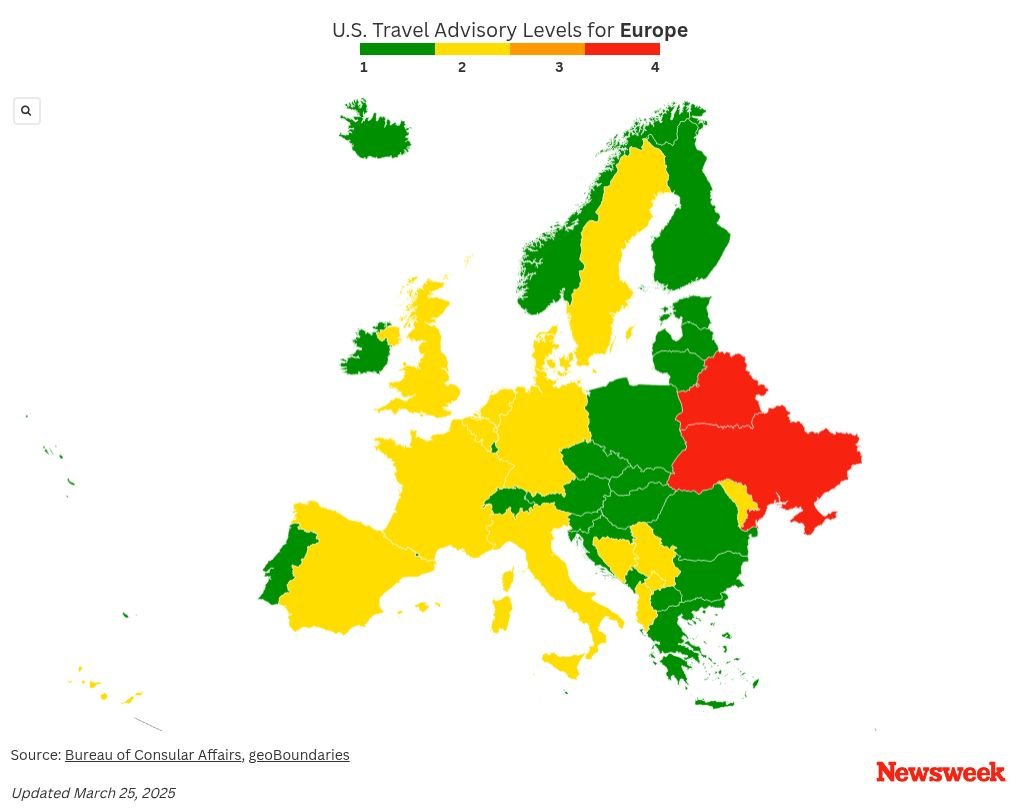Wednesday, March 26, 2025

Cruise tourism continues to drive international travel, with several countries leading the way in offering unique, unforgettable cruise experiences. The US, Australia, New Zealand, and numerous European nations are at the forefront, making significant contributions to the cruise tourism industry.
In the United States, Florida remains the undisputed hub for cruise departures, with Miami, Port Everglades, and Tampa welcoming millions of passengers every year. The vast coastline and numerous destinations, including the Caribbean, Alaska, and the Bahamas, make the US a top choice for cruise travelers. California and New York also serve as critical departure points for a variety of international and domestic routes.
Australia and New Zealand play a pivotal role in the Southern Hemisphere’s cruise tourism industry. Cities like Sydney, Melbourne, and Brisbane have become major embarkation ports for both domestic and international cruises, particularly to the Pacific Islands and Southeast Asia. New Zealand complements this by offering scenic and adventurous cruises along its rugged coastlines, popular with travelers seeking unique landscapes and eco-friendly experiences.
In Europe, countries like the United Kingdom, Italy, Spain, Germany, and France are integral to cruise tourism. The Mediterranean region, in particular, is a prime cruise destination, with ports like Barcelona, Rome, and Marseille acting as gateways to historical landmarks and stunning coastlines. Norway and Greece attract cruise passengers with their breathtaking fjords and ancient ruins, while Croatia and Portugal have emerged as increasingly popular cruise stops due to their rich history and beautiful coastal views.
The Netherlands, Denmark, Iceland, and Malta round out the top European cruise destinations. These countries offer a mix of rich culture, historic cities, and natural beauty, with Iceland’s volcanic landscapes and the Netherlands’ picturesque canals providing extraordinary cruise experiences.
Collectively, these countries are bolstering international travel, driving economic growth, and offering passengers unforgettable cruises across the globe.
Cruise tourism has experienced a remarkable resurgence in both the United States and Europe, signaling the return of one of the travel industry’s most lucrative sectors. As the world continues to recover from the impact of the COVID-19 pandemic, cruise lines are witnessing an explosion in demand. The sector, which was significantly impacted by travel restrictions, health protocols, and consumer hesitation, is now charting new waters with innovative offerings and sustainable practices. Luxury cruises, adventure expeditions, and sustainability initiatives are at the forefront of this boom, driving travelers back to the seas.
A Record Surge in Cruise Tourism
In 2024, both the US and European cruise markets have reached unprecedented levels of bookings and traveler satisfaction. According to the Cruise Lines International Association (CLIA), cruise bookings in the United States alone are expected to increase by 15% in 2024, with projections indicating over 15 million American passengers will set sail this year. Similarly, Europe has seen a comparable surge, with cruise tourism in the region expected to grow by 12% over the next 12 months, with major cruise hubs such as Barcelona, Southampton, and Rome seeing record-breaking numbers of embarkations.
This growth is attributed to a variety of factors, including pent-up demand following the pandemic, the increasing popularity of cruise tourism among younger generations, and the introduction of new, more luxurious and innovative ships. Major cruise lines, including Carnival, Royal Caribbean, and MSC Cruises, have been quick to capitalize on this demand by expanding their fleets, offering new itineraries, and enhancing on-board experiences.
Cruise tourism continues to be a driving force in the global travel industry, with major cruise companies offering new itineraries that are significantly boosting the travel sectors in Australia, the US, and Europe. These new routes provide travelers with unique experiences, enhancing the appeal of these regions and encouraging international tourism.
In the United States, cruise giants like Carnival Cruise Line, Royal Caribbean International, and Norwegian Cruise Line have introduced fresh itineraries that cater to diverse travel preferences. Royal Caribbean, for example, has expanded its offerings with longer voyages to Alaska, the Caribbean, and the Mediterranean, while Norwegian Cruise Line is focusing on more luxurious, extended voyages to destinations like the Bahamas and Mexico. These new routes are attracting travelers from around the globe, contributing to the economic growth of ports such as Miami, Port Everglades, and New York.
Australia has also seen a significant boost from the cruise industry, with P&O Cruises Australia, Carnival Australia, and Royal Caribbean International unveiling new itineraries focused on the South Pacific, New Zealand, and Southeast Asia. These cruises are attracting tourists who want to experience the beauty of Australia’s coastline, while also discovering nearby exotic destinations. Sydney, Melbourne, and Brisbane are benefiting from increased port visits and passenger traffic, bolstering Australia’s tourism sector.
In Europe, companies like MSC Cruises, Costa Cruises, and Viking Ocean Cruises are offering expanded itineraries to the Mediterranean, Baltic, and Northern Europe. New routes to Iceland, the Greek Islands, and the Mediterranean coast are drawing travelers who seek rich cultural experiences and stunning landscapes. Ports like Barcelona, Rome, and Southampton are seeing record-breaking numbers of cruise passengers, directly benefiting local economies and tourism industries.
Overall, these cruise companies are reshaping the travel landscape in Australia, the US, and Europe by offering innovative itineraries that enhance the global appeal of these regions, driving economic growth and providing travelers with exceptional new experiences.
The Rise of Luxury and Themed Cruises
While mainstream cruises have long been a staple of the industry, the surge in cruise tourism is particularly driven by the growing demand for luxury and themed cruises. In the past few years, luxury cruise lines have seen a significant rise in bookings, particularly in regions like the Mediterranean and the Caribbean. These cruises offer exclusive, all-inclusive experiences that cater to affluent travelers seeking personalized service, high-end accommodations, and immersive itineraries.
Luxury cruise brands such as Regent Seven Seas, Oceania Cruises, and Viking Ocean Cruises have capitalized on the desire for more upscale experiences. These lines are offering more tailored excursions, gourmet dining experiences, and exclusive shore trips. Passengers can embark on epic journeys with five-star amenities, onboard entertainment, and curated excursions that provide a deeper understanding of the local culture and environment.
Additionally, there is a growing trend in themed cruises. These specialized voyages cater to niche interests, such as music, art, food, and even wellness. For example, music-themed cruises like those offered by Sixthman, which feature live concerts from top musicians, have become incredibly popular. This trend is helping to attract younger, more diverse groups of travelers who want to combine their passion for particular interests with their love for travel.
Adventure Cruises and Expedition Travel
As travelers become more adventurous, expedition cruises have seen an uptick in popularity, particularly in remote regions like Antarctica, the Arctic, and Alaska. These cruise experiences are designed for those seeking unique, off-the-beaten-path destinations and immersive encounters with nature.
For example, lines like Ponant and Hurtigruten have introduced more adventure-focused itineraries, with excursions that allow passengers to kayak among icebergs, trek on glaciers, or visit rare wildlife habitats. These cruises offer unparalleled access to some of the world’s most pristine and untouched environments, which cannot be easily reached by traditional means of travel.
The rise in interest for expedition travel is also being fueled by a growing desire for eco-conscious tourism. Travelers are increasingly looking for ways to explore the world’s most fragile ecosystems while minimizing their environmental footprint. This has led to an increased demand for smaller, more specialized expedition ships that are designed to provide these kinds of sustainable experiences.
Sustainability at the Heart of the Industry’s Growth
As the cruise industry rebounds, sustainability has emerged as one of its most important focal points. The sector, which has historically been criticized for its environmental impact, is now embracing a new era of eco-friendly travel. Major cruise lines are investing heavily in cleaner technologies, waste management systems, and energy-efficient vessels that reduce carbon emissions.
Carnival Corporation, Royal Caribbean Group, and Norwegian Cruise Line are just a few of the industry giants that have made significant strides in improving their sustainability practices. New ships like Royal Caribbean’s “Spectrum of the Seas” and MSC Cruises’ “MSC Grandiosa” are equipped with cutting-edge eco-friendly technologies, including liquefied natural gas (LNG) engines, air scrubbing systems to reduce emissions, and more efficient waste disposal methods. These innovations are helping the industry meet increasingly stringent environmental regulations and respond to growing consumer demand for responsible travel options.
Additionally, some cruise lines are also focusing on reducing single-use plastics, conserving water, and increasing their use of renewable energy sources such as solar power. These sustainability initiatives are not only helping to protect the environment but are also attracting eco-conscious travelers who want to ensure that their vacations have minimal impact on the planet.
A New Era for Cruise Ports and Infrastructure
As the cruise tourism industry booms, cruise ports in both the US and Europe are also seeing significant investments in infrastructure. To accommodate the influx of travelers, ports like Port Everglades in Florida, the Port of Barcelona, and the Port of Southampton in the UK are undergoing massive expansions and upgrades to handle larger ships and increase passenger capacity.
In the US, Florida’s Port Miami, known as the “Cruise Capital of the World,” continues to lead the charge, with new terminals being constructed to handle the largest vessels in the fleet. In Europe, Barcelona and Civitavecchia (Rome) are upgrading their facilities to meet the growing demand from international travelers. These upgrades include state-of-the-art passenger terminals, improved transport connections, and enhanced passenger services, all designed to improve the overall cruise experience.
Looking Ahead: The Future of Cruise Tourism
The outlook for cruise tourism in the US and Europe remains incredibly positive. As the global demand for cruising continues to rise, the industry is set to welcome new ships, innovative itineraries, and more sustainable practices. However, the success of the industry will depend on its ability to adapt to changing consumer preferences and ensure that growth does not come at the expense of the environment.
Cruise lines will need to continue focusing on luxury offerings, specialized itineraries, and sustainability to attract a wide range of travelers. At the same time, they must address the challenges posed by over-tourism, environmental concerns, and ever-evolving consumer expectations. With the right strategies in place, the cruise tourism sector is poised for continued growth, making waves in the global travel industry for years to come.
Read Travel Industry News in 104 different regional platforms
Get our daily dose of news, by subscribing to our newsletters. Subscribe here.
Watch Travel And Tour World Interviews here.
Read more Travel News, Daily Travel Alert, and Travel Industry News on Travel And Tour World only.
Tags: adventure cruises, Australia, Croatia, cruise industry growth 2024, Cruise tourism boom, denmark, eco-friendly cruises, European cruise ports, france, germany, greece, Iceland, Italy, luxury cruises, Malta, new zealand, norway, Portugal, spain, sustainability in cruising, the Netherlands, United Kingdom, US, US cruise tourism





















